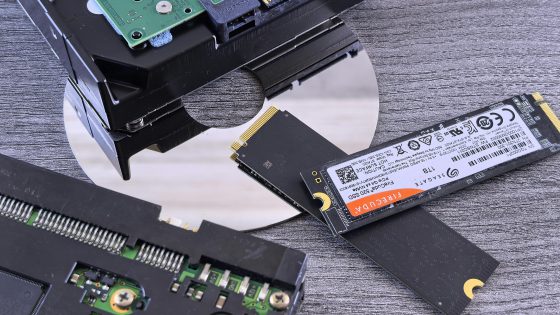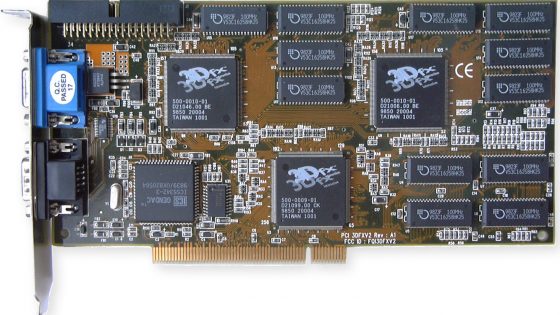Apple raises digital security standards with new iPhone 17

Among the shiny new features Apple has recently introduced, a major security innovation has quietly gone live: Memory Integrity Enforcement (MIE). The new feature is available on both iPhone 17 and iPhone Air. Apple designed MIE to combat the most dangerous spyware and forensic tools.
MIE targets memory security flaws that are often exploited by spyware developers. It is based on Enhanced Memory Tagging Extension (EMTE) technology, developed in conjunction with ARM. Each block of memory is given a secret tag, and access without the appropriate tag is blocked by the system, the application crashes, and an event is logged.
Experts believe that the iPhone 17 is now the most secure device connected to the Internet. MIE increases the cost and complexity of developing attacks, which may force some spy groups out of the market. The feature is active by default for system apps such as Safari and iMessage, while third-party app developers can include it through tools in Xcode.
Cybersecurity researchers agree: MIE doesn't mean perfect protection, but it's a big step forward. It disrupts attack chains like those used by Pegasus and Graphite, and protects against physical intrusions with tools like Cellebrite and Graykey.
Apple's complete control over hardware and software allows it to uniquely implement MIE. While Google offers similar protections with the Pixel and GrapheneOS, experts say Apple goes further. MIE is a bold step in the cat-and-mouse game of digital security, one that could change the economics of surveillance in the future.





























